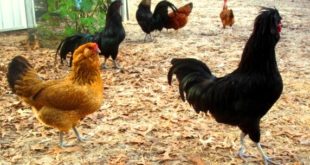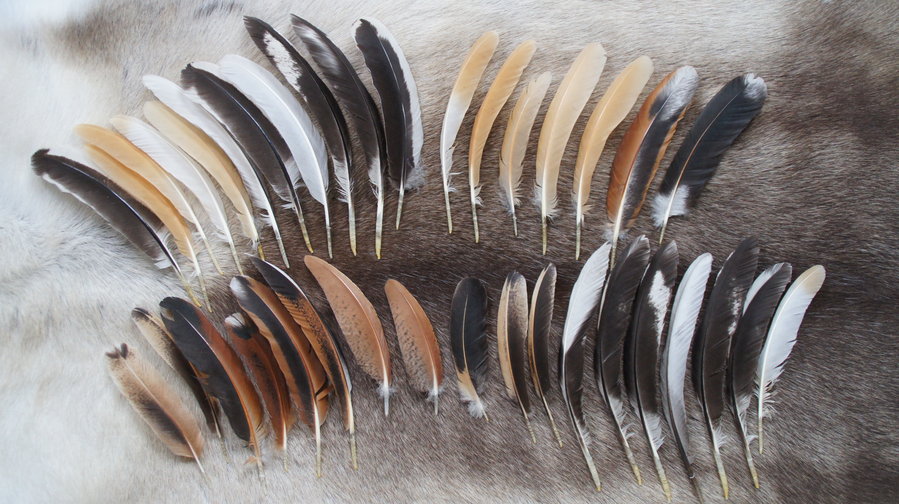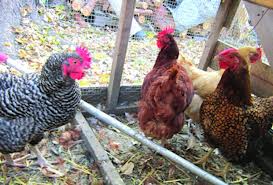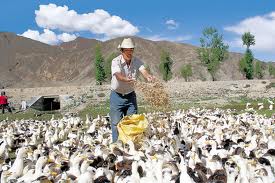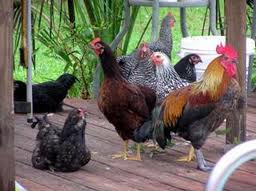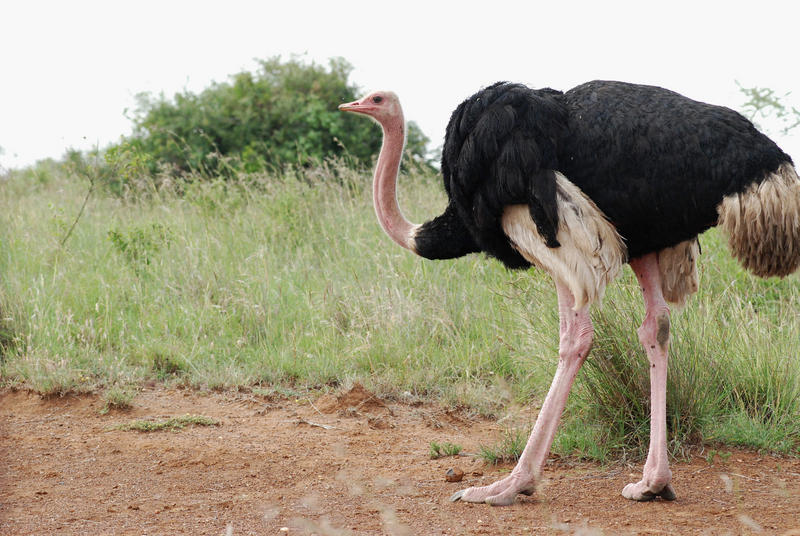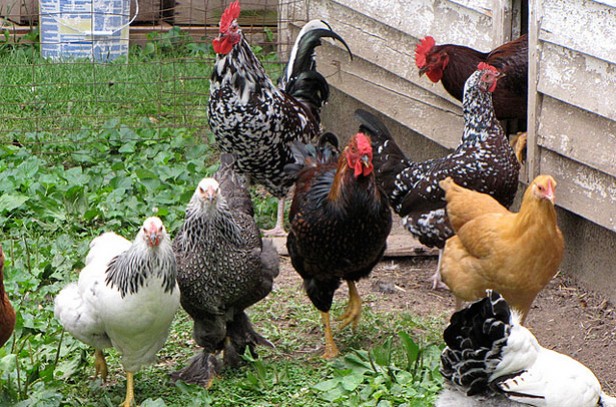Black and white chicken breeds are very striking in their appearance. Their solid white or solid black feathers, or combination of black and white, make for a stunning display in your backyard. Interestingly, some chicken breeds with black feathers have white meat while certain breeds with white feathers have black meat. The blackest of the black have black bone and …
Read More »Articles
13 Famous Chickens Breeds That Lay Colored Eggs
Chickens that lay colored eggs add another layer of fun and excitement to raising backyard chickens. The eggs have the same flavor as white eggs, but finding the colored eggs make it like hunting Easter eggs every time you go to the hen house. Chicken egg colors vary from blue, green and brown can range from dark to light shades …
Read More »15 Most Famous Heritage Chicken Breeds
Are you planning to have a nice and healthy chicken flock? If that is your plan then you must be having a fair idea about the different breeds. Have you heard about ‘Heritage breed’’? Do not worry if you lack information than this excerpt is more of a guiding light for you. Continue to read for better knowledge: Heritage Chicken …
Read More »10 Small Chicken Breeds Great For Mini Backyard Area
Small chicken breeds are ideal for raising in small backyards. With many homeowners or renters only having a mini backyard area, scaling back on the size of the animals that live in the backyard will allow you more livestock in a smaller space. Some small chicken breeds will produce eggs abundantly, some will only lay an occasional egg and some …
Read More »Poultry feathers-how many ways they can be used for?
When we hear the word poultry, the very first thing which flashes in front of our eyes is the chicken. And the next thing we understand we hear the word poultry is the farming of eggs and chickens on large scale. People are engaged in the poultry business for the purpose of producing eggs and chicken on mass level but …
Read More »10 Tips for Raising Chickens Economically
How to start raising chickens? How much do chicken cost? Well, in order to get an answer to these questions, you should ponder the tips which I would be sharing below. Poultry is surely one of the most profitable businesses if it is done using the right sets of tools and techniques. Moreover, raising the chickens in any setting can …
Read More »Brooding And Raising Of Ducks
Brooding (0 to 4 Weeks) The ducklings can be brooded on wire floor, litter or batteries with brooding period upto 3 to 4 weeks. They require slightly low temperature of 31°C in first week. Further it is reduced by 3°C each week upto 24°C and kept constant. A usual method is to house ducklings on litter in long narrow house …
Read More »How To Raise Baby Chicks,A Beginners Guide To Backyard Chicken Farming
Backyard chicken farming was widely observed up till the World War II. The people used to raise the chicken by themselves for eggs and meat. The backyard chicken farming had a variety of merits. It acted as the natural nitrogen fertilization process when chicken perched the food and also a natural controller for bugs and pests. With modernization and …
Read More »Ostrich Products, Characteristics and Breeding
Surely, the ostrich can be classified to be the largest among all the living birds on the face of the earth. The adult males can reach to the height of about 2.4 m together with a weight of about 100 KG. Although they are categorized among the birds, they are unable to fly. The reason for this can be linked …
Read More »4 Basic Types of Chicken Breeds for Your Backyard
There are limitless and infinite reasons for backyard chickens. In addition to making coop arrangements, you also need to consider the type of chicken breeds that will be most suited for you. Today, there are nearly 60 different chicken breeds that are distributed all over the planet. Moreover, the same applies to their variants that have been produced by using …
Read More »
